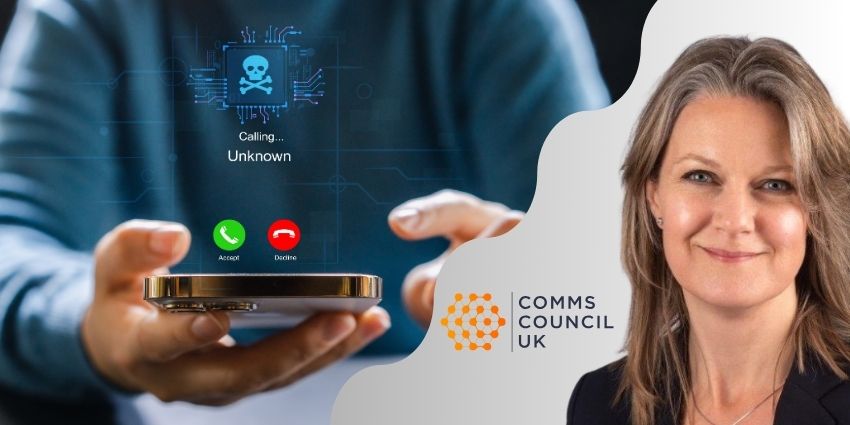Mobile phones in the classroom have long been seen as a hindrance to effective education. But just as in the enterprise space, education has gone through a technological revolution, following a pandemic that meant all interactions with people outside of the household were online.
Now that Teams and Zoom are being embraced as useful tools to help productivity, schools and universities will do well to look to other technologies to ensure that students are engaged in classes, and parents continue to have an active role in their children’s education.
The rise of SMS messaging presents just such an opportunity, as the communication method offers a direct channel to parents and students alike. As Soprano Design Product Marketing Manager Jane White points out, unlike application notifications, SMS provides the capability to have a two-way interaction with the person receiving the message.
“Within one classroom some of the pupils’ attendance will drop off, which is a challenge for teachers to manage,” said White. “On top of that, some kids will struggle to get online or check their emails regularly enough, so it’s hard to reach them and make sure they are proactive in the class.
“Ninety eight percent of people read their text messages and almost always respond to them too. That’s not anywhere close to true when it comes to picking up the phone for example. Using SMS schools can proactively start texting the kids with their logins if they need them, let them know when a class is going to start, and make sure they are ready to participate in the lesson”
Mass Adoption
One of the key advantages of SMS messaging is the fact that it is a universally adopted technology by anyone who has a device. SMS has also been proven to be a more effective way to reach and engage with recipients meaning that the schools have a better chance of getting a response from students and solving any issues that may have arisen.
As SMS messaging offers a way of interacting with students and parents, problems of engagement, namely attendance, can be addressed with simple messages designed to start a conversation.
“The reality is almost every kid has a phone by the time they get to secondary school, and most of the time it’s a smartphone,” said White. “We’re trying to suggest that phones do have a good place in education because they are so ubiquitous, and we can make good use of them for practical logistical things, as well as in education.
“These uses in education fall into two buckets: straight facilitation, whether that’s for parent teacher conferences, checking in on absent students, and sending updates on things like late buses home, and engagement and reengagement. Some Universities will have their own apps and they can send push notifications, but they’re permissions based, they’re retroactive, and they’re not two way.
“Using SMS messages to engage people back into certain platforms, into classes, to check on them if they’ve been absent and see what’s going on to cause the absences. From there, schools and universities have a better opportunity to engage with the student and have a two way conversation to find a solution to the situation.”
Education and Wellbeing
Although smartphones are largely seen as a nuisance in the classroom, they do provide a direct line of communication to students to improve engagement in classes and solve potential issues.
That engagement can also extend to other school services that students may not want to publicly seek help from. Having a hotline for student services, such as mental health counseling or extra help in classes, will allow young people to get in contact and start a conversation that will end in them getting the help that they need.
“Schools are pushing now to offer students support outside of school hours,” said White. “Having the channels open to students all the time, can be beneficial for both the student and the school. Some kids are not naturally going to go meet with the school counselor, but using SMS, we’ve seen a lot more people reach out to counselors than if they’d have to go in person.
“Using SMS in education is only thought of in classroom learning, but education nowadays is an expansion on the student’s life and schools are asking themselves how healthy are students? How engaged are they? What’s the real reason they’re not showing up to class? Those kinds of questions can be answered through mobile messaging and smartphones”







